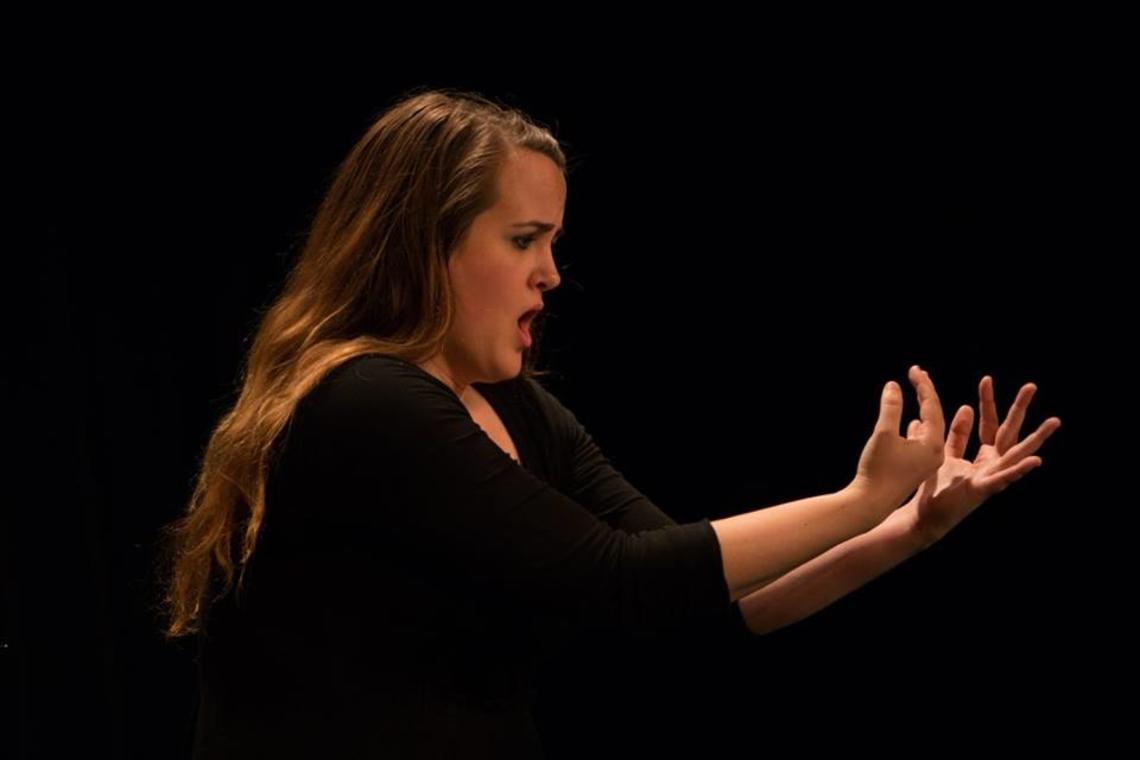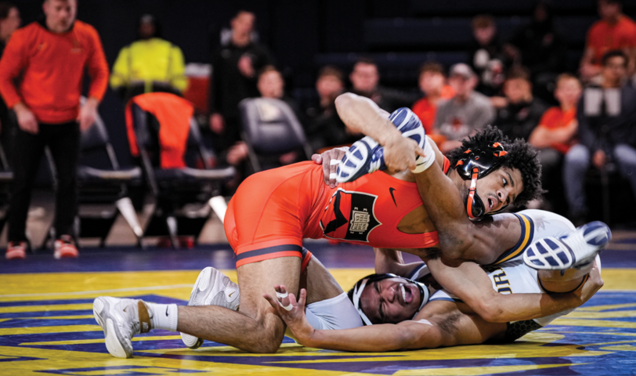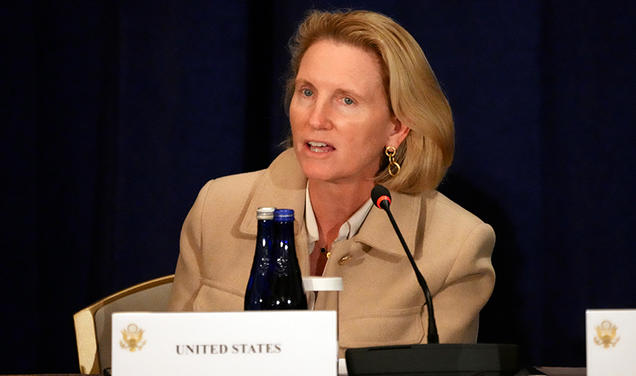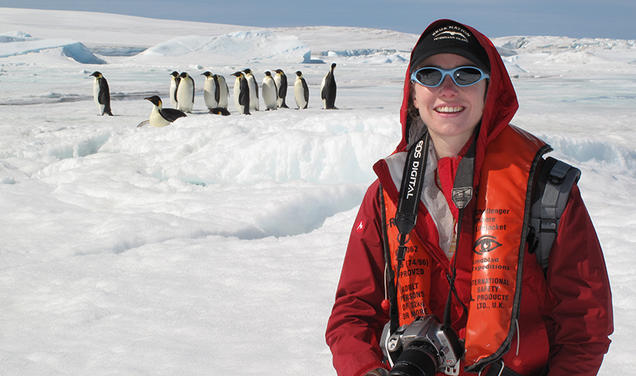
Katherine Dubbs ’14 fell in love with opera after seeing a performance of The Magic Flute when she was 10 years old.
“I was just hooked by the story, the music, the scenic design, and by the world that was created in that story,” she says.
A New York City native, Dubbs took voice lessons throughout high school at the Manhattan School of Music and brought her passion for opera to Princeton, where as a freshman she founded the Princeton Opera Company, the University’s only student-run opera organization. Dubbs was named a Daniel M. Sachs scholar during her senior year and moved to Vienna, Austria, after graduation to study opera. During her time there, she saw more than 200 musical performances and began to think more seriously about how to she could make opera more accessible to people in the United States.
“If it’s possible for opera to be seen as something beyond archaic and elitist in another country today, it is also possible in the United States,” she says. “The art form needs a reinvigoration and it needs to be [perceived] differently.”
After returning to the United States and attending a bilingual performance of Spring Awakening on Broadway that featured on-stage American Sign Language (ASL) performers, Dubbs had the idea of integrating ASL and classical music to tell stories in order to make opera accessible to the hard-of-hearing and deaf communities.
“There’s so much more to a concert and to the translation of music and poetry and art than just the musical hearing component to that,” she says. “You can feel the emotional meaning even if you don’t understand it at all.”
After securing funding through a music entrepreneurship award in December 2015, Sign & Sing was born. As the nonprofit’s founder and executive producer, Dubbs is involved in nearly every aspect of preparing for a performance – she selects the music, organizes auditions, helps translate the music into ASL, directs and oversees rehearsals, and performs as a vocalist and as an ASL performer.
Sign & Sing’s first two concerts, held in New York City in May, drew audience members from the Deaf and hard-of-hearing communities as well as hearing people. Dubbs says that although simultaneous ASL performance with rock and pop music is becoming more popular, the combination of music and sign language is uncommon in the operatic world. Sign & Sing’s performances, which incorporate ASL as a central component in the story as opposed to having a translator in the corner of the stage or captions displayed on a distant screen, are also unconventional, she says.
Rehearsals have already begun for Sign & Sing’s next performance at the first annual Connecticut Deaf Expo Aug. 6. Looking forward, Dubbs says she hopes to continue working to making opera accessible to more people throughout the entirety of her career.
“It’s important to constantly change the mold of what we consider opera to be and what the definition of opera is, who’s allowed to see it, and who has access to it,” she says.










0 Responses